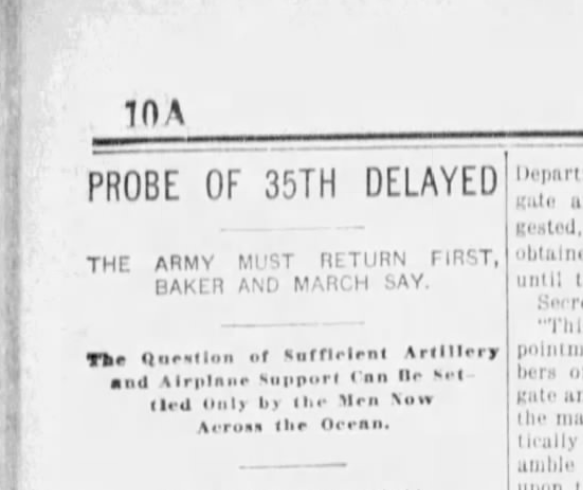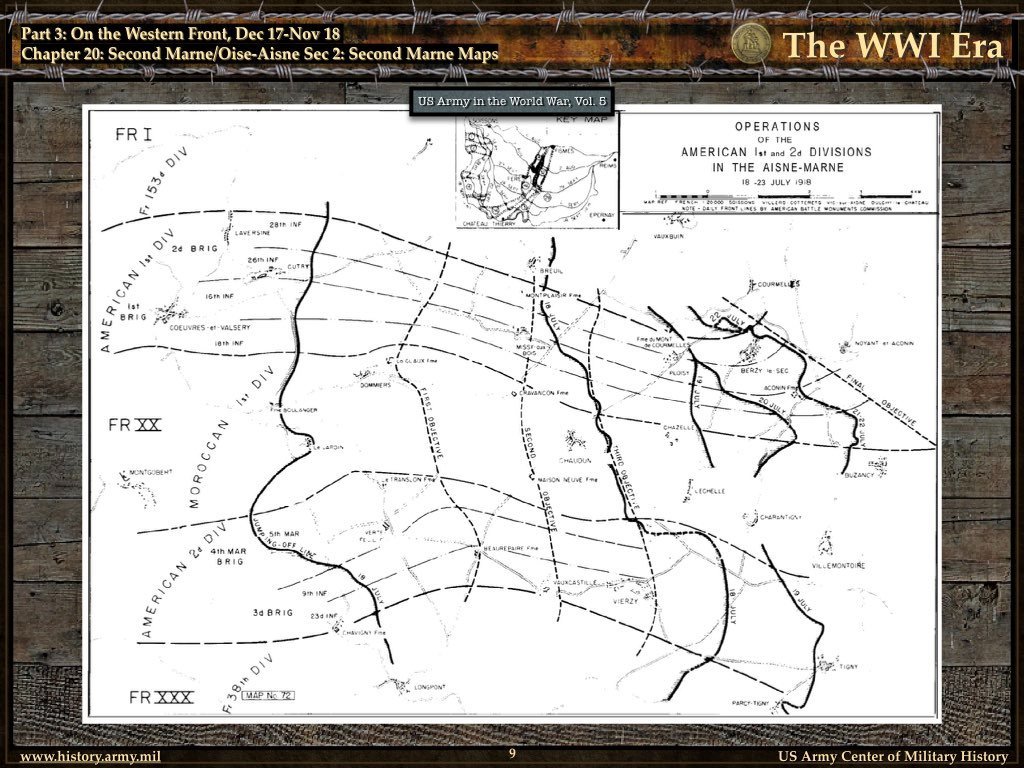Why are there so many #WWI memorials in #KansasCity ? Outside of our own @TheWWImuseum, there are dozens, small and large covering KS and MO. A lot of it has to do with the 5-day experience of the 35th Division in Sept 1918. Let's look at it through KC newspapers of the time. 🧵 





Over the course of that time, the 35th would suffer more casualties than all units on Omaha Beach on #Dday combined. As a National Guard formation, it came under criticism for its performance from regular officers. Politicians in MO and KS eventually became involved. 

On both sides of the state line, questions arose. Particularly from Kansas governor Henry Justin Allen, who pressured the War Department for answers. 

The accusations made by Allen (who had served with the Division) was that limited artillery, tank, and air support had meant that their men were sent to fight and die on their own. 

Many within the 35th itself felt that by raising accusations the honor of Missouri, Kansas, and the Division had been stained both by the Army and by Allen. All were in agreement that the casualties of the division needed to be answered for. 

General Traub, the CO of the 35th came under criticism from politicians and the men of the division. Just days before the offensive he relieved his brigade and regimental commanders. The confusion was horrific as men who'd never seen each other now commanded troops under fire. 



The accusations eventually made their way to full congressional hearings, as the Army and War Department defended their actions in the Argonne while criticizing the complaints of KS and MO politicians as well as their troops. 

Kansas City, MO, and KS all felt the need to show the world what their men had suffered during and after the fighting in 1918. Memorials to #WWI dot our landscape like few other places in the US. There are always deeper meanings behind memorialization. I believe the 35th is ours. 





In 04 a book called 'Collapse at Meuse-Argonne: The Failure of the Missouri-Kansas Division' was written. It gives a good overview but does not present a very concise argument. It's a small work that has issues and lacks greater context or comparison. A starting point nonetheless 

• • •
Missing some Tweet in this thread? You can try to
force a refresh








